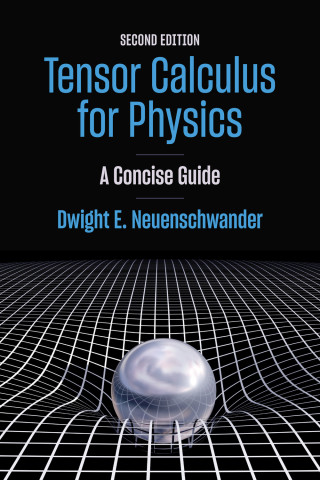
Reviews
For those viewing mathematics and the creative arts as distinctly separate endeavors, Tubbs provides an insightful treatise that proves otherwise... Though the content of Tubbs's book is challenging, it is also accessible and should interest many on both sides of the perceived divide between mathematics and the arts.
A fascinating journey through the works of modern art and literature... This book can be seen as a guide to understanding the various movements that emerged within artistic circles in the 20th century. Tubbs does an excellent job of leading the reader through this world of ideas, gently guiding the non-mathematicians through the panorama of advanced mathematics, and mathematicians and those who are artistically naive to an appreciate of the world of modern art and literature... The book serves as a compass to guide the reader to a better understanding of modern art.
A beautiful narration... Every chapter is well balanced between the mathematical side and the art side.
Books like Mathematics in Twentieth-Century Literature and Art help us get rid of prejudices, and indeed open our eyes to see.
Tubbs’s exposition proves so clear and thorough that the mathematical novice reading Mathematics in Twentieth-Century Literature and Art receives an introductory course in the fundamentals of higher mathematics... Reluctant mathematicians will be delighted to discover that Tubbs’s mathematical explanations afford new analyses of canonical artworks.
A refreshing and unusual contribution that should appeal to a larger audience than mathematicians alone, including historians and art theorists. Tubbs’s focus on artists whose mathematical intentions are made clear by the artists themselves is original.
Book Details
Preface
Chronology
1. Surrealist Writing, Mathematical Surfaces, and New Geometries
Mathematical Imagery and Images
Man Ray and Mathematical Surfaces
Geometries, Flat and Curved
2. Objects, Axioms, and
Preface
Chronology
1. Surrealist Writing, Mathematical Surfaces, and New Geometries
Mathematical Imagery and Images
Man Ray and Mathematical Surfaces
Geometries, Flat and Curved
2. Objects, Axioms, and Constraints
Black Squares and Axioms
Geometry without Objects / Literature without Words
3. Abstraction in Art, Literature, and Mathematics
The White Paintings
Abstract Numbers
Structure
4. Literature, the Möbius Strip, and Infinite Numbers
Concrete Art
The Möbius Strip and Literature
Concrete Mathematics and Infinite Numbers
5. Klein Forms and the Fourth Dimension
In the Labyrinth
Surfaces, Mysticism, and the Fourth Dimension
6. Paths, Graphs, and Texts
Literature and Choice
Mathematical Graph Theory
A Play Based on a Graph
7. Poetry, Permutations, and Zeckendorf's Theorem
Structured and Programmed Poems
Concrete Poetry and Mathematical Images
8. Numbers and Meaning
Targets, Numbers, and Equations
Numbers: Imagined and Imaginary
Randomness, Arbitrariness, and Perfect Numbers
Dada Poetry
Disorder and Art
Arbitrariness
10. The Artworld
Notes
Bibliography
Index






